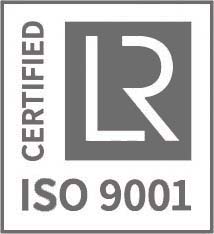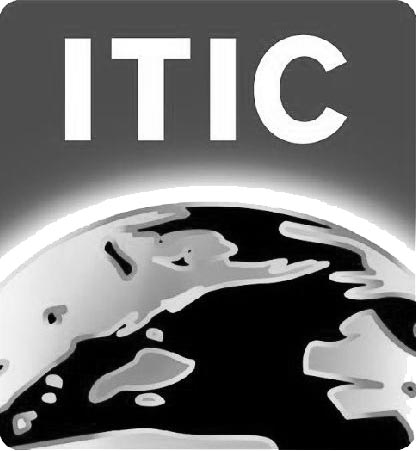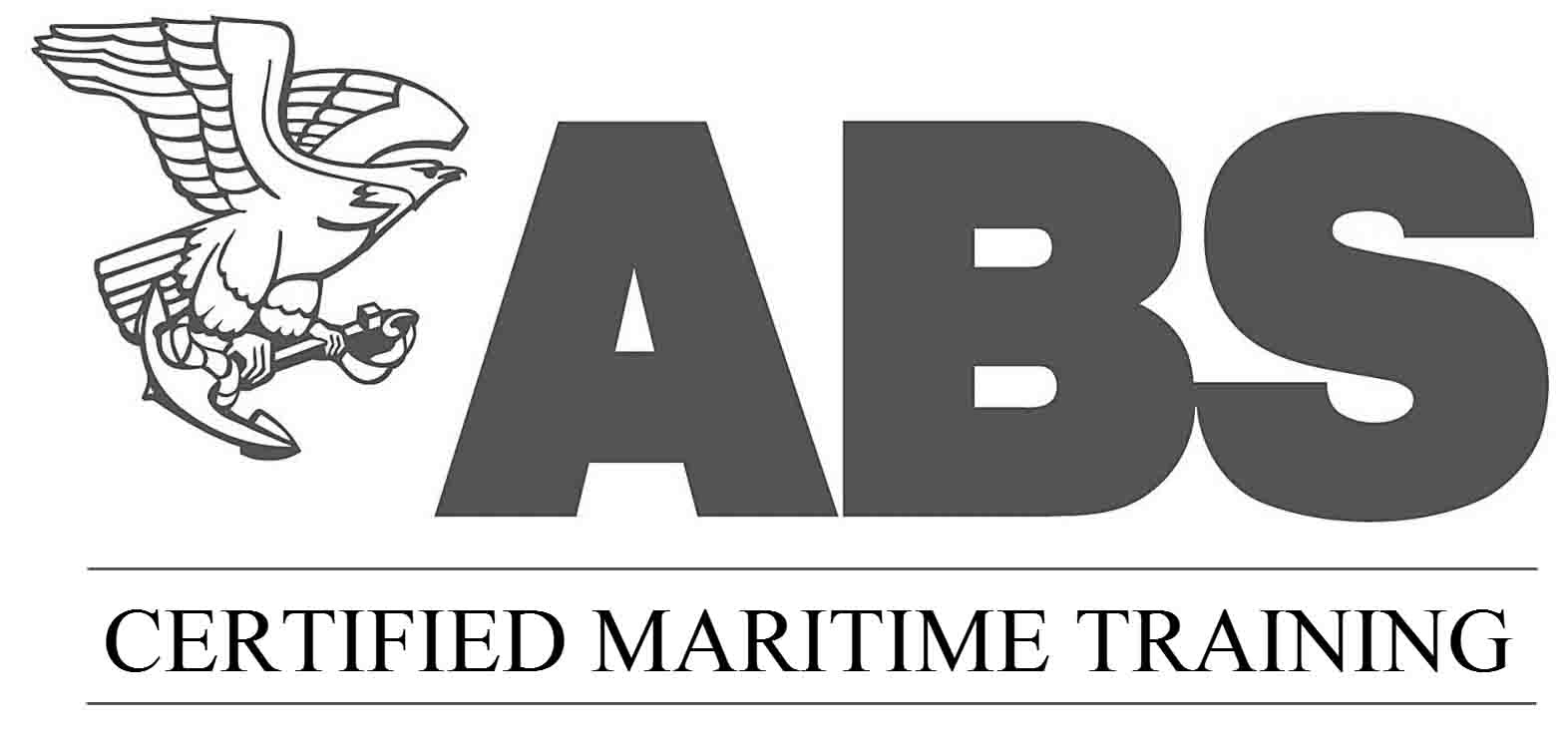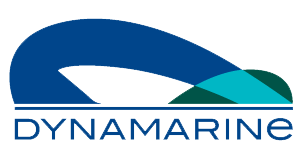Gap Analysis on new VIQ 7-2018 with respect to Ship to Ship transfer Operations
22-06-2018

?
Share on LinkedIn? ? ??Share on Facebook? ? ? ??Share on Twitter
The new VIQ, edition 7 from OCIMF[1] will be implemented as from 17/9/2018. There is a radical change as to how the new VIQ approached the STS operations since SIRE and TMSA auditors will be expected to evidence a number of related items which will require familiarisation and knowledge from the senior crew officers.
Paragraphs 8.51 to 8.55 outline the new requirements during vetting inspections for tanker vessels. These requirements with relevant records are expected indirectly to be also available to the technical operators (DOC holders). The qualitative information of collected records, as outlined at the new VIQ, will have to be supported by recorded processes within the Safety Management System and be depicted, in the future, in respective?elements of the TMSA.?
Paragraph 8.51
- Senior officers should be familiar with the requirements and risks (Hazards) during STS operations. This process may be satisfied during the familiarisation of new officers, similar to other company/ operational procedures of the SMS.?Attention is drawn to knowledge of RISKS/ HAZARDS which have to be in line with those of ANNEX K of latest OCIMF guidelines;
Within DYNAMARINe the following optional features have been developed. STS Drills, e-learning for seafarers and STS Status gap analysis performed on board which provide means for addressing hazards to senior officers for familiarisation and enhancement of their preparedness.
- New requirement for risk assessment of the STS location. This is currently implemented in PART B of our report. We are also working towards supporting it with more information on the STS location on the basis of available data at OSIS. There is a process for the STS location assessment, already in place, according to the guidelines already set out by OCIMF in relevant publications, supported also by weather analysis;
- For consecutive STS operations, or similar circumstances, where work rest hours may exceed the required by STCW, the role of POAC would be expected to be transferred to either the Master of C/O who should meet the requirements for POAC according to Manual on oil Pollution. In this respect we see that an STS simulation course with relevant certification should be available to these ranks and under these circumstances.
?
Paragraph 8.52
- Senior deck officers engaged in the assessment of the Joint Plan as well as the information received by the STS Service provider and POAC should have the capacity to assess that POAC qualifications comply with the requirements of MARPOL for ANNEX I cargoes;
Prior commencement of the STS operation, the identity[2] and POAC qualification should be made available to the master for verification of compliance.
- PART C of the risk assessment reporting provides the assessment of POAC qualification in relation to requirements as well as an indication of his experience.
?
Paragraph 8.53
- Reference is made to the type of chocks utilised for mooring lines. It is clearly stated that all lines should be led through closed type fairleads or chocks, for all tanker vessels that are subject to a SIRE vetting inspection;
- Attention is drawn with the relevant evidence available on board from the mooring plans, on the type of fittings utilised during past STS operations (See comments on paragraph 8.54);
- PART A (Screening Report) of the onlineSTS.net service provides the compatibility analysis on the availability of closed chocks from both participating vessels;
- Open chocks should not be utilised without prior assessment of freeboard change, weather conditions, type of STS operation, assessment of the STS location and proposed mooring pattern. Such assessment should take place with the consensus agreement of technical operators.
?
Paragraph 8.54
- This paragraph outlines the expected STS records to be collected by the Master and/or technical operators. Records should not be limited to the checklists but should also include all necessary information conveyed to the Master according to OCIMF guidelines and STS plan. It is considered that the JPO along with Mooring Plan, certificates of STS gear and qualification/ experience of the POAC are of paramount importance, since their is critical and directly linked with the responsibility which is undertaken by the Master. Should the Master has any concerns/ questions on the information conveyed, such should be cleared prior to the commencement of the STS operation;
- Crew experience should be recorded in a matrix with reference at least to the type of STS operation, location, participating vessel DWT and weather conditions;
- Master?s feedback should be relayed to the tanker operators with assessment on the STS elements. Such feedback should be collected and statistically processed towards extracting KPI's.
?
Paragraph 8.55
This paragraph outlines the following points:
- The hose string should be electrically insulated in order to prevent arcing. Three options are outline which provide such protection;
- The availability of protective sleeves for synthetic moorings is suggested in order to prevent from chaffing of lines during cyclic loading;
- Available spare lines should exist in case of line failure.
?
Gap Analysis
The following table outlines a list of processes expected to be satisfied by tanker operators. The parts of the onlineSTS.net service that satisfy such requirements for existing tanker operators members are also shown.
?
|
VIQ ? |
Requirement |
Required Processes |
|
|
For non onlineSTS members |
Covered already by onlineSTS.net service |
||
|
8.51 |
Senior officers should be familiar with the requirements and risks during STS operations. |
Procedures for shore/onboard training of senior officers by experienced personnel should exist. Masters Should be supported with technical issues at each STS operation by their operators. |
This process is covered by PART A, B, C of the screening and risk assessment service Furthermore, the following optional services are available: STS drills (STS case studies) e-learning (STS training module) On board STS status (gap analysis) |
|
8.51 |
Risk assessment of the STS location. |
A risk assessment of the expected location should take place by ops/marine department, for each STS operation |
Part B (RA of location, weather, fender selection & positioning) ? advanced location & weather assessment prepared by DYNAMARINe, covers this requirement. Furthermore, DYNAMARINe has the ability to offer enhanced location assessments. |
|
8.52 |
POAC qualifications |
A process to request all necessary information from the service provider by ops/marine department and validation with MARPOL requirements. Attention should be drawn to the past experience of the POAC. |
Part C (SP report) of the screening and risk assessment service satisfies this requirement. Also,?the audit of STS service provider service ?on behalf of member tanker operators provides an extensive analysis. |
|
8.53 |
Type of chocks utilised for mooring lines |
Compatibility assessment during vessels nomination by ops/ marine department |
Part A (compatibility assessment) covers this requirement |
|
8.54 |
STS records (masters? feedback, crew experience) |
Masters should keep STS records on board vessels for each STS operation. Such records should be sent to technical operators for consolidating the STS knowledge of the fleet for record keeping, registering of crew experience and KPI processing |
The post feedback service covers this requirement at the OnlineSTS.net platform (OSIS database). KPI?s and statistics are offered. STS crew experience is readily available. |
?
Should you wish further information please feel free to contact us at info{at}dynamarine.com.?
?
ANNEX I ? Extracts from new VIQ1
8.51 Are the officers and crew familiar with the requirements and risks during ship to ship operations?
Any oil tanker over 150 GT involved in STS operations shall carry on board a Plan prescribing how to conduct STS operations (STS Operations Plan) and shall be approved by the administration. The STS operations plan shall be written in the working language of the ship. (MARPOL Annex I Reg 41.1)
Notes: STS operations plan are not required for liftings from FPSOs, FSOs nor for bunkering operations. (See MARPOL Annex I, Reg 40 for full details) Operations plan shall be developed taking into account the information contained in IMO?s ?Manual on Oil Pollution, Section 1, Prevention and the ICS/OCIMF/SIGTTO/CDI ?Ship to Ship Transfer Guide, for Petroleum, Chemicals and Liquefied Gases? First Edition 2013.
A risk assessment should be undertaken when considering the suitability of an STS transfer location. A further risk assessment should be made for the STS operation. (STS Guide 1.4) All STS transfer operations should be conducted under the co-ordination and advisory control of one individual, who will either be one of the Masters concerned, an STS Superintendent or the POAC. To prevent fatigue during extended operations, the role may be formally transferred to another suitably qualified person (STS Guide 1.5.1). In case the vessel is equipped with permanent fenders and hoses, there shall be procedures in place to monitor and assess the condition of such equipment in accordance with manufacturer guidelines.
8.52 Does the POAC have the necessary qualifications and experience and are officers aware of these requirements?
For transfers involving MARPOL Annex I cargoes, the POAC should have at least the following qualifications or level of experience: ?
????????? An appropriate management level deck licence or certificate meeting international certification standards, with the International Convention on Standards of Training Certification and Watchkeeping for Seafarers (STCW) (reference 9) and dangerous cargo endorsements up-to-date and appropriate for the ships engaged in the STS operation.
????????? Attendance at a recognised ship handling course.
????????? Experience in conducting mooring/unmooring operations in similar circumstances and with similar vessels.
????????? Experience in oil tanker cargo loading and unloading.
????????? A thorough knowledge of the transfer area and surrounding areas.
????????? Knowledge of spill clean-up techniques, including familiarity with the equipment and resources available in contingency plans.
????????? Knowledge of STS operations plans (see appendix A1.5) and associated joint plans of operation (see section 5.2).
For transfers involving cargoes other than MARPOL Annex I cargoes, it is recommended that the STS Superintendent has similar qualifications and levels of experience to those detailed above, relevant to the type of cargo transferred. (STS Guide 1.7)
8.53 Are closed fairleads and mooring bitts provided?
It is recommended that all fairleads used during STS transfer operations are of an enclosed type. Such fairleads should be strong enough to take the anticipated mooring loads and large enough to allow the mooring line (plus any soft rope and tackle) to pass through comfortably. (STS Guide 9.3) It has been found that full strength enclosed fairleads and bitts for spring lines need to be positioned no more than 35 metres forward and aft of the cargo manifold. (STS Guide 9.3) It is recommended that all tankers be fitted with an array of mooring bitts of sufficient strength on each side of the ship. (STS Guide 9.3) In addition it is recommended that provision be made for securing fender lines. (STS Guide 9.3)
8.54 Are officers aware of the requirements of the ship-to-ship transfer checklists and are there records of STS operations maintained?
The checklists should be used not only at the time of transfer but also when the operation is being planned. Adherence to check list procedures will ensure that the most important aspects of an operation are covered.
The checklists are:
1. Pre-fixture information;
2. Before operations commence;
3. Before run-in and mooring;
4. Before cargo transfer; and
5. Before unmooring. (STS Guide 3.4 and Appendix E)
Note: STS records which should include, but not limited to the following:
1. STS Checklists as per latest ICS/OCIMF/SIGTTO/CDI guidelines edition 2013
2. The JPO (Joint Plan of operations) as provided by the service provider
3. Risk assessment as submitted by the Service Provider
4. Detailed Mooring Plan of participating vessels.
5. Copies of certificates of fender and hoses
6. Notification to coastal authorities
7. Details of Drills associated with the specific STS Operation
8. Records of Crew Experience
Post feedback/ assessment by the Master
If the vessel has been engaged in STS operations in the past 12 months then records should be spot checked for compliance.
8.55 If a ship-to-ship transfer was in progress during the inspection, was it conducted in accordance with the recommendations of the OCIMF/ICS STS Transfer Guide?
To eliminate the potential for incendive arcing between the two ships, when presenting the hose string for connection one of the following arrangements should be used:
????????? A single insulating flange fitted at the manifold of one ship or within each hose string and all hoses in the string electrically continuous; or
????????? A single length of electrically discontinuous hose fitted in each hose string; or
????????? Hoses that are specially constructed to prevent static build-up and limit electrical conductance to an inherently safe level. Where an insulating flange is used, it is important that no part of the conducting hose outboard of the insulated flange comes into contact with the ship to which the insulating flange is fitted, for example from the use of non-insulated hose saddles, as this could cause a spark. (STS Guide 3.10.4)
Synthetic moorings passed through shipside fairleads may be subjected to chafing from cyclical loading due to the vessel's motion. Lines can be protected with suitable chafing covers. The covers may be lubricated to minimise the potential for them being damaged. Additional lines should be readily available to supplement moorings if necessary, or in the event of a line failure. (STS Guide 6.6.2)
?
[1] Available at https://www.ocimf-sire.org/docs/SIRE%20Vessel%20Inspection%20Questionnaire%20-VIQ%207.pdf
[2] CDI/ICS/OCIMF/SIGTTO STS guidelines, 2013 edition, paragraph 4.3
?



